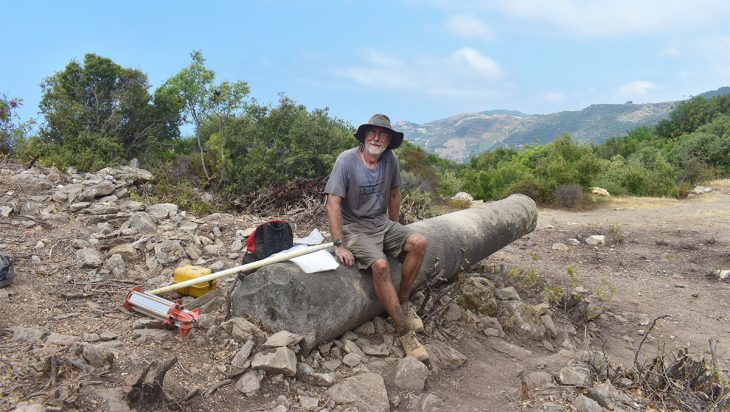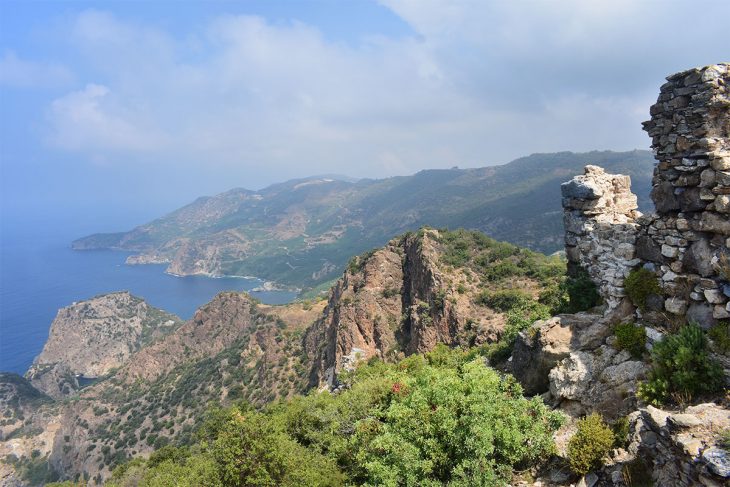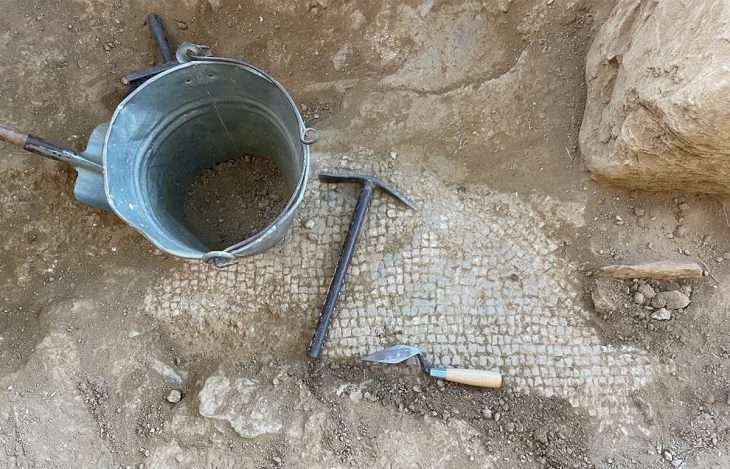
Beginning this summer, Transylvania University students will be helping unearth an ancient Roman commercial center along the southern coast of Turkey.
History and classics professor Frank Russell developed the opportunity in partnership with several universities after working on the Antiochia ad Cragum site for two years.
Transylvania students will earn credit toward their history or classics major as they dig alongside scholars, learning archaeological techniques and how to put the past being uncovered there into context.
“A lot of field schools dump you on site and don’t give you much training,” said Russell, who laid the foundation for the project through a faculty grant from Transylvania. “We train them not only in the techniques, but we have seminars on historical and cultural context in the evening.”
At around a mile and a half long and a mile wide, the ruins are extensive. They include the largest mosaics in Turkey (there’s a rather lewd one in a latrine of Narcissus), a temple, theater, colonnaded street with shops, graves and much more. “It’s a whole city, really,” Russell said.
The earliest artifacts date from the first century A.D., and most are from the fourth to sixth centuries.
Russell got interested in the dig while studying towers on Rhodes, which served as an early warning system for pirate attacks. Russell wanted to find out where these marauders were coming from and why.
That led him east along Turkey’s coast to Antiochia ad Cragum, where he’s been excavating homes in a residential area. This summer, he plans to focus on an acropolis fortification wall.

At more than 160 workers strong, the on-site team is led by the University of Nebraska-Lincoln, but leadership is transferring to Brown University (under direction of the Turkish government). Transylvania students will work directly under Russell and his colleague Tim Howe from St. Olaf.
Two students are going this summer from July 14-Aug. 13, and Russell hopes to eventually grow that number to four or five. Applications are closed for this year’s trip, but plans are in the works for another one in summer 2025.
Russell has a particular interest in the dynamic between Rome and those who lived under its rule — in the convergence of archaeology and politics. “I’ve been fascinated for a long time with the intersection of culture between imperial Rome on the top end and local cultures that are interacting with it,” he said. “The way cultural elites position themselves is absolutely fascinating.”
Additionally, researchers have found Antiochia ad Cragum to be a place where Christianity arrived early, and residents preserved more paganism than was typical. “It seems to be a site where there was a better relationship than we generally stereotype between the old gods and the new God — both before and after the transition,” Russell said.
Tying the dig into the present, he added that students working on the project will get a glimpse into topics like the modern use of memory and museums in nationalism.
Russell’s students will be getting more than a historical-political context, of course. They’ll be cleaning some dirt out of their fingernails. “They get a lot of hands-on training,” he said.


